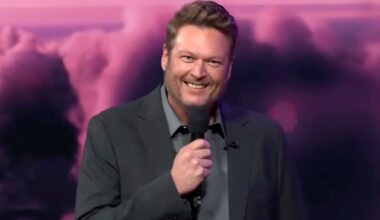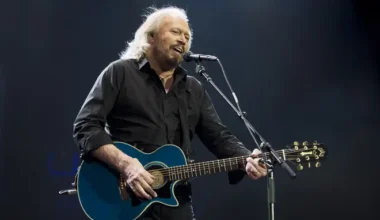Compton has birthed some of the best rappers in hip-hop history, with Kendrick Lamar joining the list over the past decade. K. Dot has been influenced by many legends, including Tupac Shakur, Lil Wayne, Nas, Snoop Dogg, Eminem, and Dr Dre, who he signed to in 2012. However, there’s one artist he credits for his entire rap career.
Kendrick’s biggest inspiration is one of Dre’s fellow NWA members. The ‘Not Like Us’ artist first heard Eazy-E’s music at the age of five, which changed everything for him. He later discovered they grew up in the same neighbourhood, further solidifying his fandom.
“I remember when I was five or six years old, waking up one morning and seeing this guy bust through the TV screen, rapping over some song called ‘We Want Eazy’,” he told Paper Magazine. “I remember looking at that video and just feeling like, ‘Man, this dude feels like an action superhero.’ Little did I know, Eazy-E came from my same neighbourhood in Compton.
“What made Eazy special was that he was telling a different type of truth, a truth that wasn’t heard in music yet. I wouldn’t be here today if it wasn’t for Eazy and I wouldn’t be able to say the things that I say, talk about my community the way I talk about it, for good or for bad. He’s 100% influenced me in terms of really being not only honest with myself, but honest about where I come from and being proud of where I come from.”
Eazy-E, widely known as the Godfather of Gangsta Rap, released two albums with NWA: Straight Outta Compton and N*ggaz4Life. He also dropped two solo albums, Eazy-Duz-It and Str8 off tha Streetz of Muthaphukkin Compton. In March 1995, he passed away just one month after being diagnosed with HIV/AIDS.
Outside of Eazy-E, Kendrick Lamar has also been a longtime fan of NWA after family members played their music around him. He could relate to the lyrics from what he saw in his surroundings.
“My pops would play NWA records all day, every day; my uncles would play it,” he said. “My older cousins would play it. And I would go outside and see the same imagery in my reality as the things they were talking about on the record. From the way these guys talked to the way they carried themselves to the type of activities that they were involved in, the whole thing was a real life introspective report from the ghetto.
“Looking at them and sitting inside my community, it left a big toll on me because it always let me know that no matter how far I go, I gotta stay in reach of the people and what’s going on in the neighbourhood, whether it’s a harsh reality or not.”
Kendrick added, “But as a kid, I really couldn’t grasp the idea that the world knew about what we’re going through in my neighbourhood. I didn’t get that idea until my debut album good kid, m.A.A.d city came out, and that’s when I truly understood how NWA felt.”





